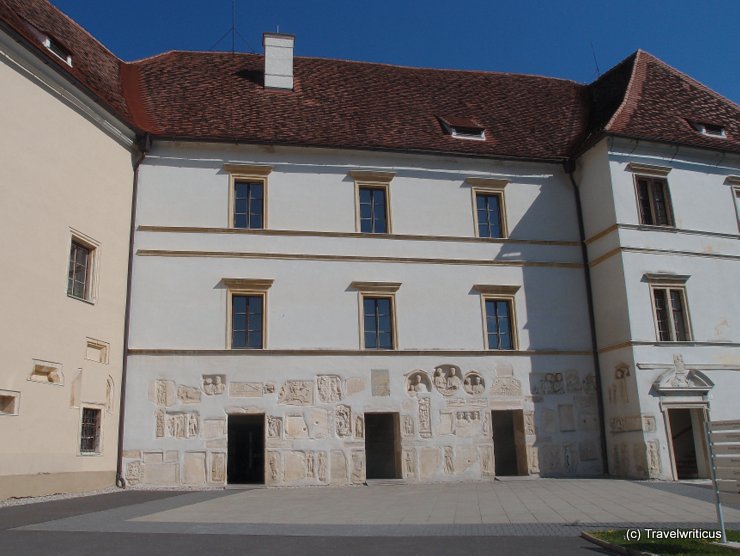
This wall of Seggau Castle (Schloss Seggau) near Leibnitz is a heaven for friends of Roman history. You find there an extensive lapidarium with ancient tombstones. More artefacts are shown at the Roman museum in Wagna nearby.
Browse through your travel destination!

This wall of Seggau Castle (Schloss Seggau) near Leibnitz is a heaven for friends of Roman history. You find there an extensive lapidarium with ancient tombstones. More artefacts are shown at the Roman museum in Wagna nearby.
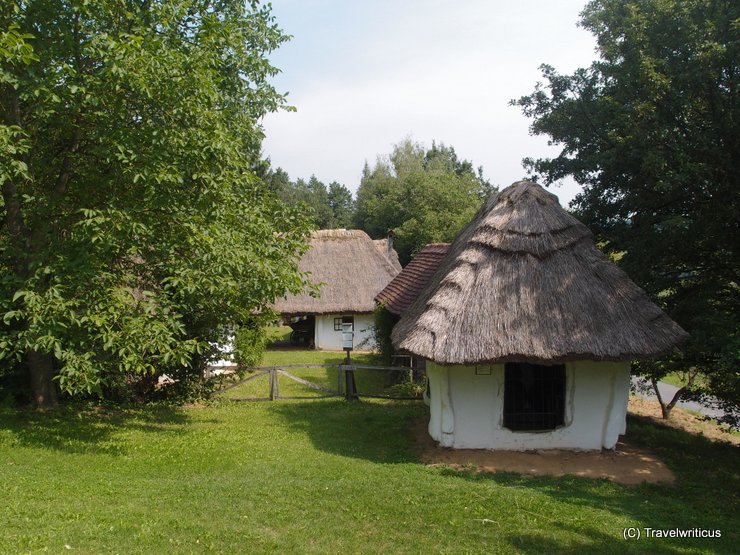
The Open Air Museum Gerersdorf near Güssing portrays the Pannonian way of living in the 18th and 19th centuries. In addition, its central building serves as a venue for art exhibitions on a regular base.
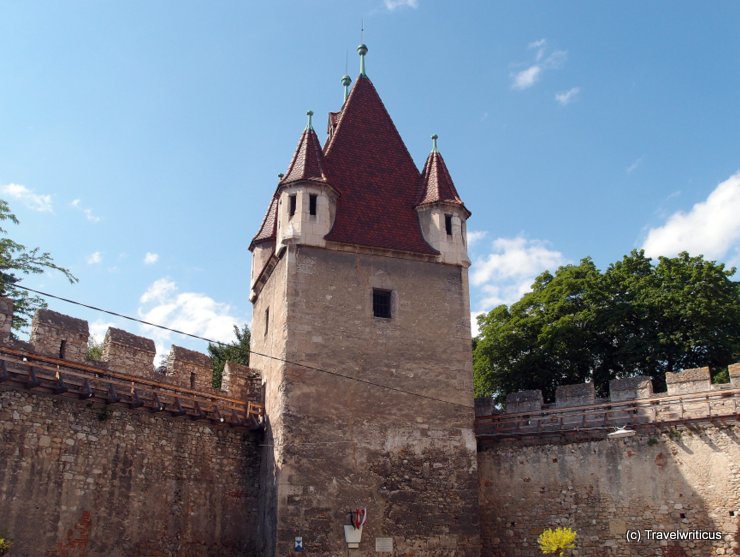
The Reckturm is a tower dating back to the 13th century. Reckturm (reck = to rack) refers to its former use as a prison and place for torture. Today, it houses a small museum for weapons and torment.
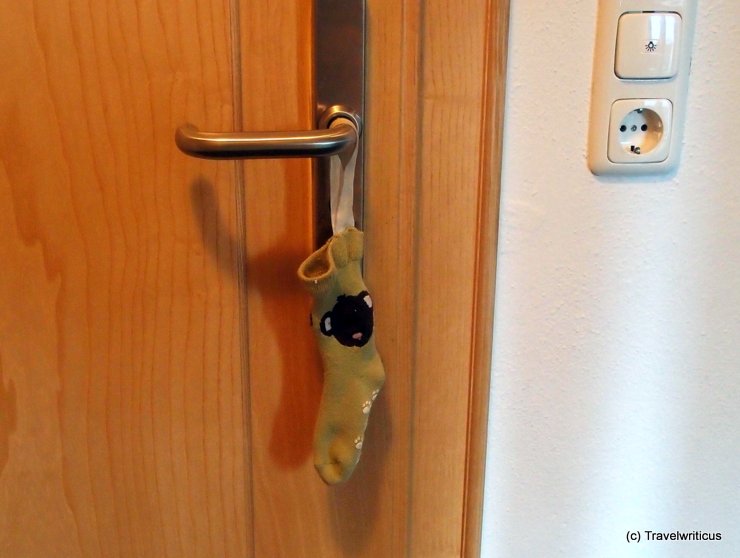
The Hotel Tauernstüberl in Zell am See used socks as “Do Not Disturb” signs for a long time. That’s a kind of pun. In German, “You are a lazy sock” means you are lazy. So, this lazy sock doesn’t want to be disturbed right now.
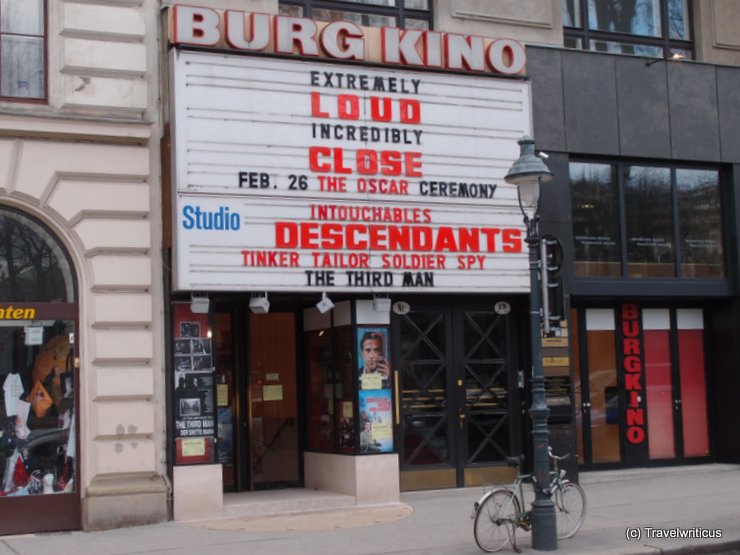
For fans of the movie “The Third Man”, the Burg Kino in Vienna is a place to go. The cinema near the Vienna State Opera still performs this classic movie (1949) at regular intervals.
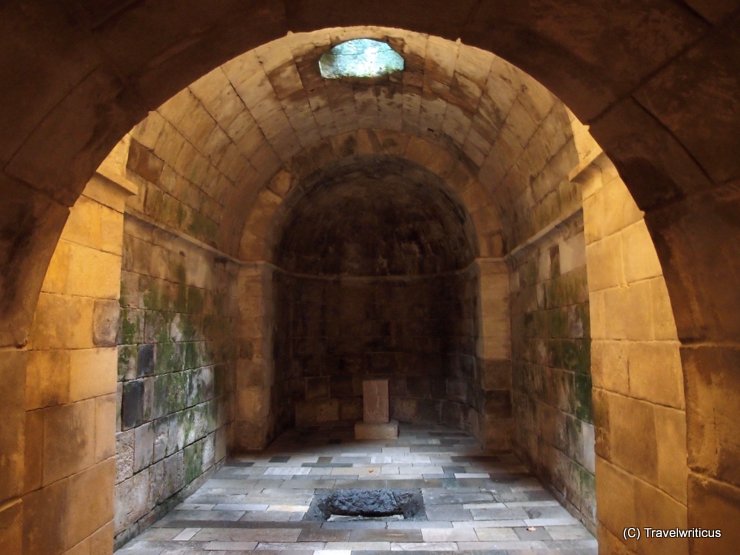
After walking through the Templar Museum at Lockenhaus Castle, you should also visit this mysterious room. It is supposed to have been a sacred site of the Templars. Other voices say it was just a cistern.
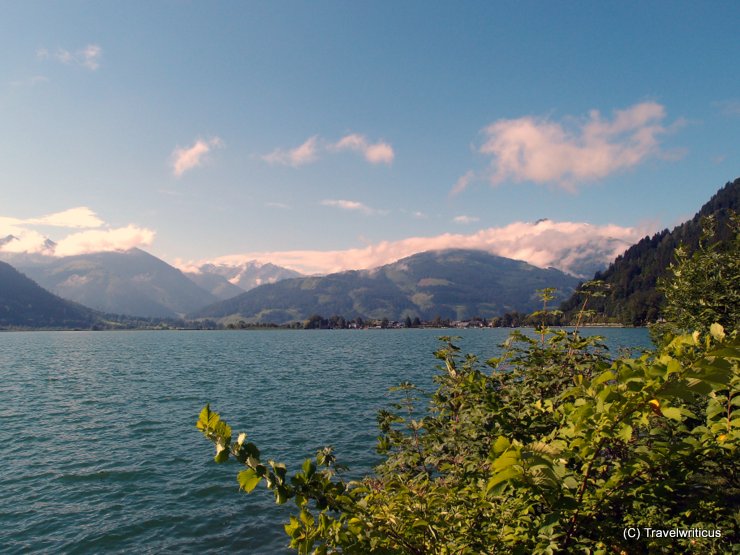
Right next to the railway station of Zell am See, you have this view of the Zeller See (Lake Zell) and the mountains nearby. Though the lake is large, it completely freezes in winter and is used for winter sports.
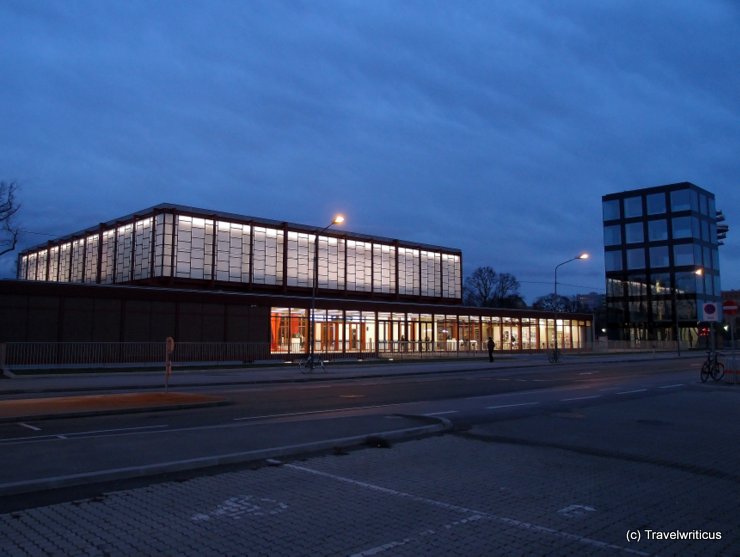
This exhibition hall for contemporary art stands near the Wiener Hauptbahnhof (Vienna Central Station). First, it was named 20er Haus. After its remodelling from 2009 to 2011, its name changed to 21er Haus, reflecting the new century.
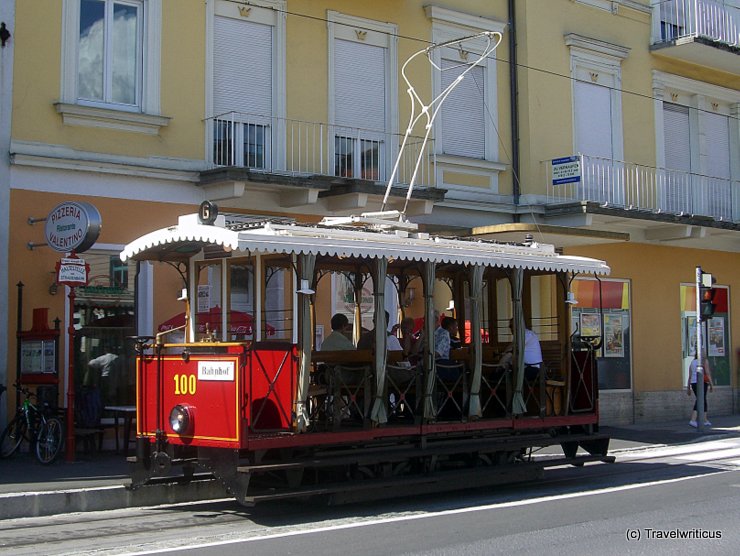
There is still a tramway running in the Austrian city of Gmunden. One of the tramcars is even moren than 100 years old. On several days a year this GM 100 dating back to 1898 is on your service.
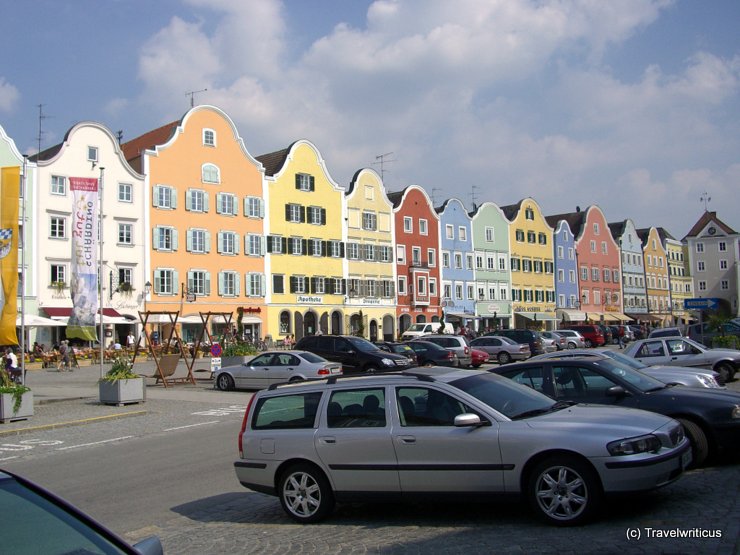
While walking along the town square of Schärding, I came across the “Silberzeile”. This attraction is a row of coloured houses in the style of the late Baroque period. In earlier times, each colour symbolised a particular guild.
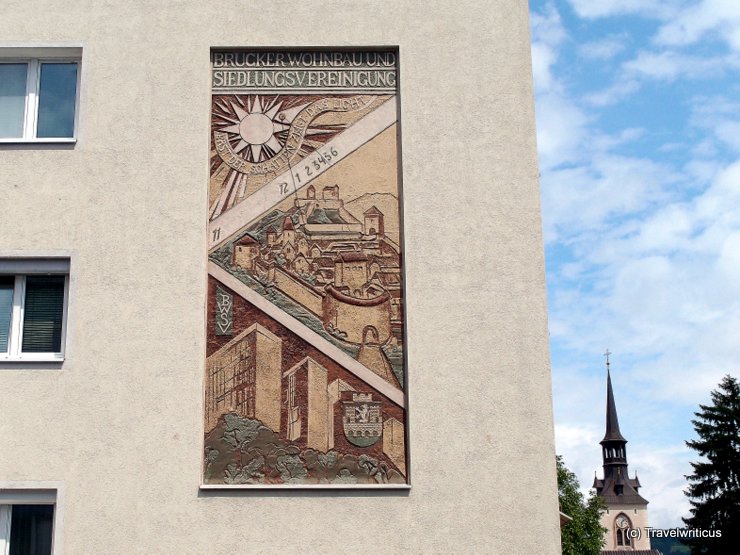
This sundial shows two depictions of Bruck an der Mur, a city in the Austrian state of Styria. In the upper part of the mural, you see Landskron Castle and the former town walls.
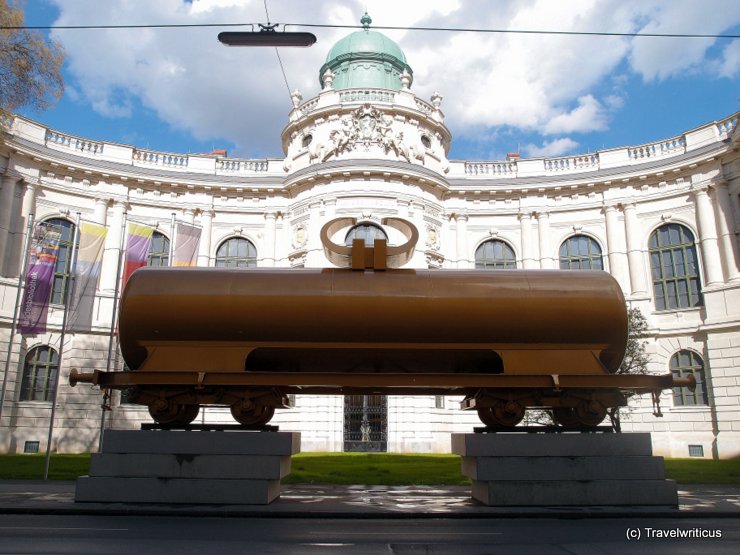
This artwork by Hans Hollein stood in front of the Neue Galerie in Graz for several weeks. The former tank wagon for petroleum is named “The Golden Calf”. I guess this refers to the golden calf in the bible and the importance of oil for mankind.